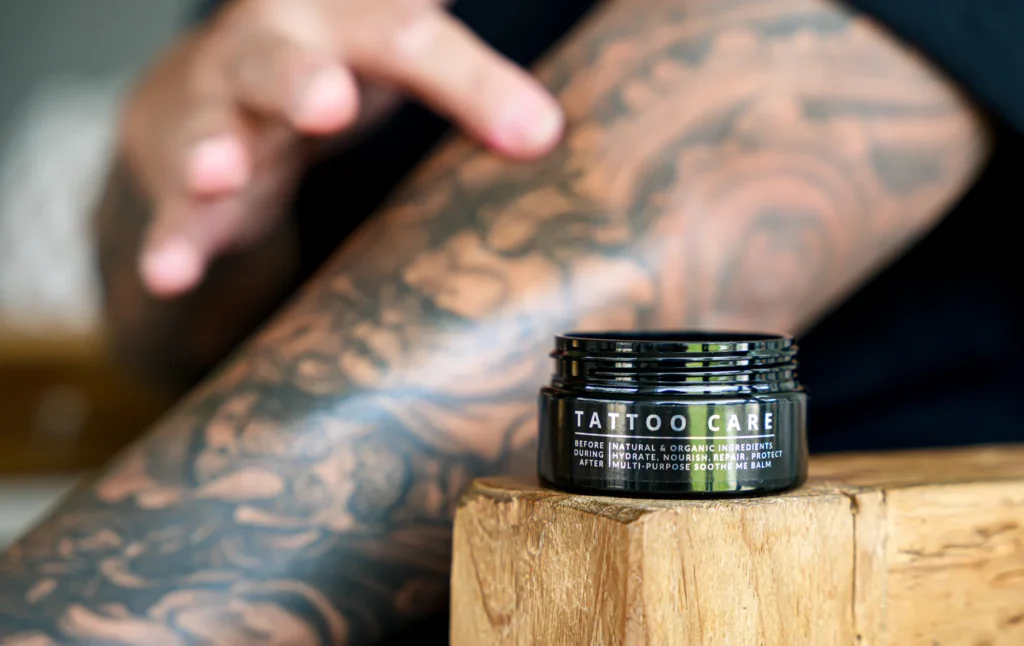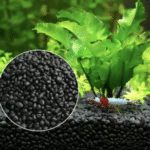Tattoo efterpleje, or tattoo aftercare, is the secret ingredient to preserving the beauty of your new ink. Whether you’ve gone under the needle for the first time or are a seasoned tattoo collector, the steps you take after your session directly influence how well your skin heals, how vibrant the colors stay, and how healthy your skin remains. This isn’t just about vanity—it’s a matter of hygiene, skin health, and ink preservation.
The very moment the tattoo needle finishes its last pass, your skin becomes an open wound. It’s raw, vulnerable, and eager to start healing. But healing is only effective when guided correctly. That’s where proper tattoo efterpleje comes into play.
Understanding the First 24 Hours After a Tattoo
The first 24 hours are critical. Most tattoo artists will cover your ink with a sterile bandage or special wrap like Saniderm. This barrier protects the tattoo from airborne bacteria and friction. Here’s what you should do:
-
Keep it covered for the duration your artist recommends (usually 2–6 hours).
-
Avoid touching the tattoo with unwashed hands.
-
After removing the wrap, gently wash the area with lukewarm water and mild, unscented soap.
-
Pat dry with a clean towel—don’t rub!
During this stage, you might notice blood plasma or ink weeping from the tattoo. This is normal. It’s your body reacting to trauma, not a sign of infection.
How to Clean Your New Tattoo Without Damaging It
Cleaning is a balancing act. You want to wash away bacteria and discharge without disturbing the fresh ink or damaging the delicate scab forming.
Follow these tips:
-
Use only your fingertips (not washcloths or sponges).
-
Stick to fragrance-free, alcohol-free soaps like Dr. Bronner’s Unscented Baby Mild Soap or Cetaphil.
-
Do not soak the tattoo—no baths, hot tubs, or swimming pools!
Remember: clean doesn’t mean sterile. Don’t over-wash or scrub. Be gentle. Your tattoo is a healing art.
What to Expect During the Healing Phases
Healing typically unfolds in three stages:
Days 1–3: Redness, tenderness, mild swelling. Your tattoo may feel like a sunburn.
Days 4–14: Scabbing and itching begin. Flaking and peeling occur.
Days 15–30: Ink settles into the skin. Surface healing completes, but deeper layers continue to repair for months.
Avoid panic during the peeling phase. Do not pick at scabs—they’re protecting your skin and ink underneath.
Preventing Infections and Skin Irritations
An infected tattoo can ruin your artwork and jeopardize your health. Common infection signs include:
-
Excessive redness and swelling
-
Pus discharge (white, yellow, or green)
-
Fever or chills
To prevent infections:
-
Use clean sheets and clothing.
-
Avoid pet contact on your tattooed skin.
-
Don’t touch it unnecessarily, and wash your hands before each application of ointment or cream.
Avoiding Color Fading and Ink Displacement
Poor aftercare often results in ink loss or blurry edges. You must:
-
Avoid friction and tight clothing.
-
Limit sun exposure—especially during the healing period.
-
Apply aftercare ointments correctly—too much suffocates the skin, and too little leaves it dry.
What Happens Underneath Your Skin Post-Tattoo
Every tattoo is a wound that activates your immune system. White blood cells rush to the area, attempting to attack and remove the foreign ink particles. Thankfully, most of the pigment is too large for them to digest, so it stays in your dermis.
But here’s the catch: if the immune response is disrupted by poor aftercare, it could remove more ink than desired, leaving the tattoo faded or spotty.
Recommended Ointments, Creams, and Lotions
Top-tier options for aftercare include:
-
Aquaphor Healing Ointment
-
Bepanthen Tattoo Cream
-
Hustle Butter Deluxe
-
Aveeno or Lubriderm Fragrance-Free Lotion
Avoid petroleum jelly or anything with alcohol, dyes, or strong fragrances.
Why Keeping Skin Hydrated Aids Tattoo Healing
Hydrated skin promotes:
-
Faster cellular regeneration
-
Less itching and scabbing
-
Smoother healing and better ink retention
Apply a thin layer of moisturizer 2–3 times a day, especially after cleaning. But don’t overdo it—too much lotion traps bacteria and slows the process.
The Danger of UV Rays on New Ink
New tattoos are especially sensitive to sunlight. UV rays:
-
Break down ink pigments
-
Cause painful sunburn
-
Trigger color distortion
Until your tattoo is fully healed (about 3–4 weeks), keep it covered. After healing, use SPF 30+ tattoo-safe sunscreen like INK-EEZE or EltaMD UV Sport.
Things You Should NEVER Do After Getting a Tattoo
-
Don’t pick, scratch, or peel the tattoo.
-
Don’t go swimming (pools, lakes, or oceans).
-
Don’t re-bandage unless advised.
-
Don’t apply Neosporin or Vaseline.
-
Don’t be exposed to direct sunlight.
Tattoo Aftercare for Sensitive Skin Types
Sensitive skin? Use hypoallergenic, dermatologist-approved products. Consider patch-testing ointments before full use. Also, avoid hot showers or sweating heavily in the first few days.
What to Wear (and Not Wear) During Tattoo Healing
Loose, breathable clothing is best. Cotton is ideal. Avoid tight fabrics or anything that rubs the tattoo. For back or thigh tattoos, avoid sleeping directly on the area.
Can You Shower with a New Tattoo?
Yes—but skip long, hot showers. Gently rinse with lukewarm water and avoid direct spray on the tattoo. Do not use sponges or loofahs. Pat dry.
Why Itching Happens and How to Manage It
As your tattoo heals, nerves regenerate, causing that itchy sensation. Fight the urge to scratch.
Instead:
-
Tap gently on the itchy area.
-
Apply cold compresses or moisturizers.
-
Use an anti-itch lotion like Benadryl Itch Relief, if approved by your artist or dermatologist.
When to Go for a Touch-Up
Even with perfect efterpleje, some tattoos fade or lose detail. Touch-ups are common and typically done after 6–8 weeks of healing.
Keeping Your Tattoo Vibrant for Years
Long-term care tips:
-
Regular moisturizing
-
Annual sunscreen use
-
Avoiding excessive exfoliation or chemical peels over the inked area
Traditional Tattoo Healing Techniques Around the World
From coconut oil in Polynesia to healing herbs in Thai Sak Yant traditions, natural remedies have deep cultural roots. While not always dermatologist-approved, they speak to centuries of skin wisdom.
What Professionals Recommend for the Best Results
Most tattoo artists emphasize:
-
Minimal interference
-
High hygiene
-
Consistency
They agree: less is more when it comes to lotions and contact.
Also read: Microneedling Near Me: 20+ Benefits You Didn’t Know About
FAQs
Can I use coconut oil on my tattoo?
Only if it’s organic, cold-pressed, and your skin tolerates it. Test it first.
How long does it take for a tattoo to fully heal?
Surface healing takes 2–4 weeks. Complete dermal healing can take 3–6 months.
What should I do if my tattoo scabs heavily?
Let the scabs fall off naturally. Moisturize lightly and avoid scratching.
Is the redness around my tattoo normal?
Yes—for the first few days. If it persists or worsens, consult a doctor.
When can I exercise after getting a tattoo?
Light workouts after 48 hours may be fine, but avoid sweat-heavy sessions for 5–7 days.
Can I rewrap my tattoo at home?
Only if your artist instructs you to. Improper wrapping can trap bacteria.
Conclusion
Tattoo efterpleje is an investment in both your body and your artwork. It’s more than a checklist—it’s a ritual of respect for your skin and the art it now carries. With care, patience, and the right products, you can ensure your tattoo remains bold, beautiful, and a reflection of your story for decades to come.


